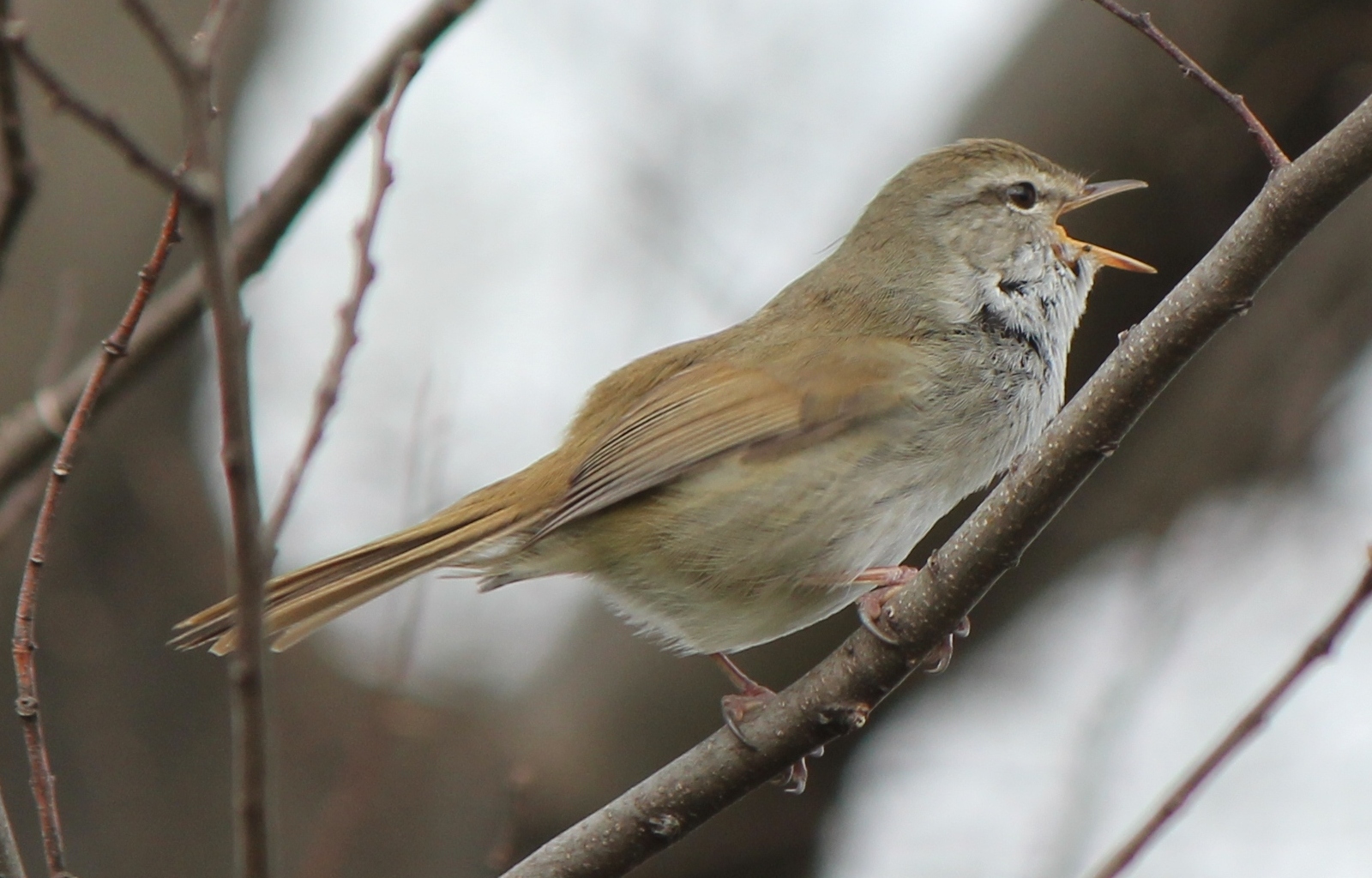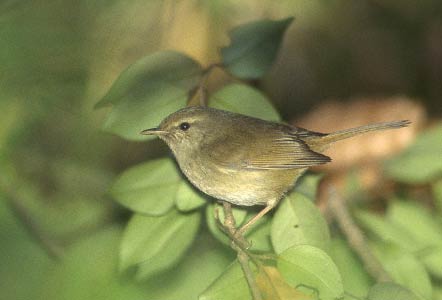The Ryukyu Bush Warbler: A Closer Look At Cettia Diphone Riukiuensis
Share
The Ryukyu Bush Warbler, scientifically known as Cettia diphone riukiuensis, is a fascinating bird species belonging to the family Sylviidae. This subspecies is endemic to the Ryukyu Islands, specifically ranging from Amani-o-shima to Iriomote-jima. With its unique characteristics and behaviors, the Ryukyu Bush Warbler is a captivating subject for birdwatchers and ornithologists alike.

Taxonomy and Classification
The Ryukyu Bush Warbler is classified under the order Passeriformes, which is known for its diverse range of songbirds. Within this order, it falls under the family Sylviidae and the suborder Oscines. The subgenus is Horeites, and the species is Cettia diphone, with the specific subspecies being riukiuensis. This classification highlights the bird's close relationship with other warblers and its unique adaptations to the Ryukyu Islands' environment.
Physical Characteristics
The Ryukyu Bush Warbler is a small bird, typically measuring around 14 to 15 centimeters in length. It has a distinctive plumage that is primarily brown and gray, providing excellent camouflage among the dense vegetation of its habitat. The bird's underparts are lighter, and it features a slightly curved bill, which is well-suited for its insectivorous diet.

Habitat
This subspecies thrives in the subtropical forests of the Ryukyu Islands. It prefers dense undergrowth, often found in areas with thick shrubs and bamboo. The Ryukyu Bush Warbler is particularly associated with moist, forested environments, which provide ample cover and food sources. The bird's range extends across various islands, including Amani-o-shima and Iriomote-jima, where it can be observed in its natural habitat.

Diet
The diet of the Ryukyu Bush Warbler primarily consists of insects and other small invertebrates. It forages on the ground and among the foliage, using its keen eyesight and agile movements to catch prey. The bird's feeding habits play a crucial role in controlling insect populations within its ecosystem, contributing to the overall health of its habitat.
Behavior
The Ryukyu Bush Warbler is known for its melodious song, which is often heard during the breeding season. Males are particularly vocal, using their calls to establish territory and attract mates. The bird is generally solitary or found in pairs, and it is known for its elusive nature, often hiding among dense vegetation. Birdwatchers may find it challenging to spot this species due to its secretive behavior.

Reproduction
Breeding typically occurs from late spring to early summer. The female constructs a cup-shaped nest, usually hidden in dense foliage, where she lays a clutch of 3 to 5 eggs. Both parents are involved in caring for the young, providing food and protection until the chicks fledge. The successful rearing of young is vital for maintaining the population of this subspecies.

Conservation Status
The Ryukyu Bush Warbler is currently classified as a species of least concern, but its habitat is threatened by deforestation and urban development. Conservation efforts are essential to protect the natural environments of the Ryukyu Islands, ensuring that this unique bird continues to thrive. Birdwatchers and nature enthusiasts can contribute by supporting local conservation initiatives and promoting awareness of the species' ecological importance.
Birdwatching Tips
For those interested in observing the Ryukyu Bush Warbler, the best time to visit is during the breeding season when males are most vocal. Look for them in dense undergrowth and listen for their distinctive calls. The Ryukyu Islands offer various locations for birdwatching, including national parks and nature reserves, where the chances of spotting this elusive bird are higher.
The Ryukyu Bush Warbler is not just a beautiful bird; it plays a vital role in its ecosystem. By understanding and appreciating this unique subspecies, we can contribute to its conservation and ensure that future generations can enjoy its presence in the wild. The enchanting calls of the Ryukyu Bush Warbler echo through the forests, reminding us of the delicate balance of nature and the importance of preserving our natural heritage.